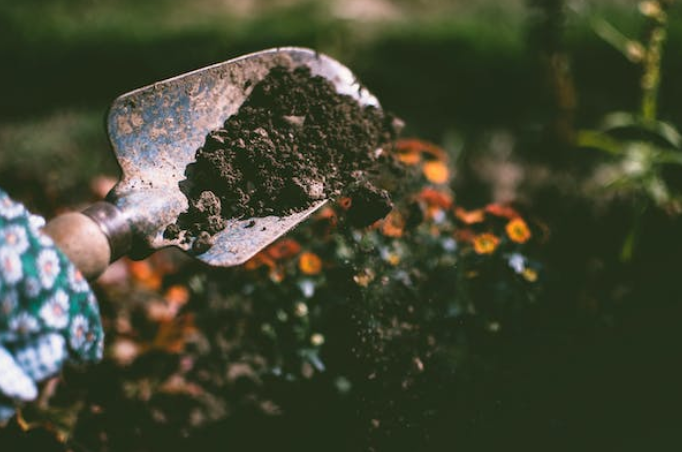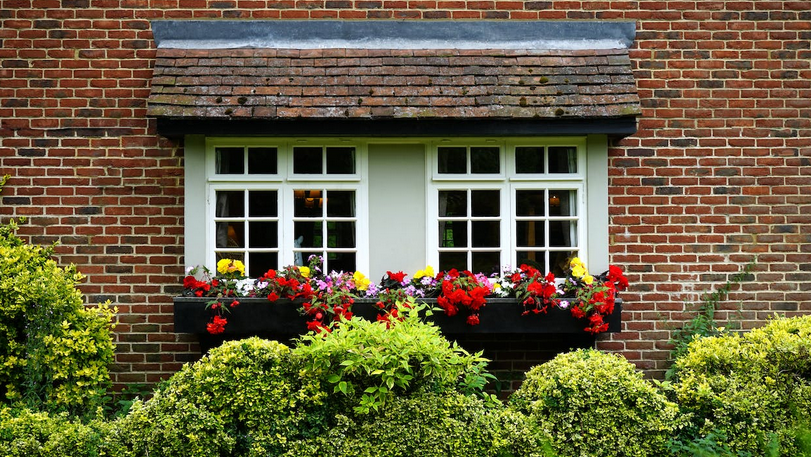Tag: garden
Sustainable Ideas to Upgrade Your Landscape This Year
Are you seeking a way to spruce up your outdoor space this year while also making a positive impact on the environment? This combo is possible, and this post will certainly provide you with what you’re looking for. According to news.de, sustainable landscaping is one of the keys to eco-friendly living. From incorporating native plants and creating wildlife habitats to setting up rain harvesting stations and composting areas, these eco-friendly upgrades will transform your landscape into a haven for biodiversity.
Native Plants

Native plants are a fantastic addition to any landscape. These are plants that naturally occur in your region, making them perfectly adapted to the local climate, soil conditions, and wildlife. By incorporating native plants into your garden or yard, you can build a more sustainable and low-maintenance landscape. The best thing about native plants is their ability to thrive without excessive watering or chemical fertilizers.
Moreover, native plants provide crucial habitats for local wildlife, such as birds, bees, butterflies, and other beneficial insects. They offer food sources through nectar-rich flowers and berries while also creating shelter for nesting and resting. With their natural defenses intact, these plant varieties don’t require heavy pesticide applications like non-native species might.
Rain Harvesting Station
A rain harvesting station typically consists of a collection area, such as a rooftop or gutter system, where the rainwater is collected. This water is then directed into storage containers or tanks for later use. By utilizing this natural resource, you not only reduce your reliance on municipal water supplies but also help conserve water in times of drought.
Setting up a rain harvesting station doesn’t have to be complicated or expensive. You can start small with just a few barrels or invest in larger tanks depending on your needs and available space. There are even DIY kits available that provide step-by-step instructions for installation. Not only does a rain harvesting station benefit the environment, but it can also save you money in the long run by reducing your water bill.
Wildlife Garden

By making use of native plants and creating various habitats, you can attract birds, butterflies, bees, and other beneficial insects. Incorporate different layers in your garden to accommodate various species. Plant tall trees or install birdhouses for nesting birds. Add low-growing shrubs or rock piles as hiding places for small mammals or reptiles.
It’s also best to create a water feature like a small pond or birdbath to attract frogs, dragonflies, and other aquatic creatures. Just be sure to avoid using harmful pesticides or herbicides in your garden, as they can harm the animals you’re trying to attract. Instead, focus on organic gardening methods such as companion planting and natural pest control techniques.
Compost Station
Not only does it help reduce waste and diminish your carbon footprint, but it also provides nutrient-rich soil for your plants. Once you’ve found a suitable spot in your yard, gather organic waste such as fruit and vegetable scraps, coffee grounds, eggshells, and yard clippings. Layer these materials with dry leaves or shredded newspaper to create the right balance of green (nitrogen-rich) and brown (carbon-rich) components. Remember to turn the compost regularly using a pitchfork or shovel to aerate it and speed up decomposition. This will ensure that everything breaks down evenly. In time, you’ll notice how everything transforms …
Read MoreWays to Save Money on Your Home Landscape Projects
We all love a beautiful outdoor space, but the landscaping cost can quickly add up. Luckily, there are many ways you can create an amazing garden without breaking the bank. From setting a realistic budget to utilizing local resources and reusing items from your home, we’ve got you covered with some fantastic tips for saving money while creating the perfect outdoors. However, if you need someone that can help you with your project, consider hiring the Auckland landscape architects. They are known for their great works.
Set a Realistic Budget
Before getting started on your home landscape project, it’s important to set a realistic budget. The first step is to figure out how much you can afford to spend. Remember that landscaping costs can vary widely depending on the size of your yard and the project’s scope. It’s also essential to prioritize the elements most important for your outdoor space. A beautiful patio or garden may be at the top of your list, but don’t forget about practical needs like irrigation systems or lighting. To save money, consider breaking up larger projects into smaller ones that you can tackle over time. This will allow you to spread out costs and avoid overspending all at once.
Consider Doing DIY Projects

If you want to save money on your home landscape projects, consider doing some of the work yourself. DIY projects can be a great way to add personal flair to your landscaping while also keeping costs down. One easy project that you can do yourself is planting flowers or vegetables. This not only adds beauty to your yard but can also provide fresh produce for your family. Additionally, creating a compost bin out of recycled materials is an eco-friendly and budget-friendly way to fertilize your plants. Another DIY option is building raised garden beds using reclaimed wood or other materials. This allows you to control the soil quality and drainage while also adding height and structure to your landscaping design.
Reuse Unneeded Items from Your Home
The best way to save money on your home landscape projects is by reusing unneeded items from your home. You might be surprised at how many things you currently have lying around that can be repurposed for outdoor use. For example, old tires can be turned into planters or swings with a little creativity. Wooden pallets can also be transformed into garden beds, benches, or tables. Rather than throwing away broken ceramic pots and dishes, consider using them as decorative elements in your yard. If you have any leftover bricks or pavers from previous DIY projects, these too can come in handy when doing landscaping work. They can be used to create walkways, borders, or even raised garden beds.
Utilize Local Resources
 When it comes to home landscaping projects, utilizing local resources can save you a lot of money. Many cities and towns offer free or low-cost resources for their residents to use when working on their outdoor spaces. One great resource is the local agricultural extension office. These offices provide information about soil testing, plant selection, and pest management specific to your area’s climate and conditions. They may also have classes or workshops on various landscaping topics that are often free or very affordable. Another valuable resource is community gardens. These gardens provide …
When it comes to home landscaping projects, utilizing local resources can save you a lot of money. Many cities and towns offer free or low-cost resources for their residents to use when working on their outdoor spaces. One great resource is the local agricultural extension office. These offices provide information about soil testing, plant selection, and pest management specific to your area’s climate and conditions. They may also have classes or workshops on various landscaping topics that are often free or very affordable. Another valuable resource is community gardens. These gardens provide …
Last Posts
- Don’t Ignore These! Signs You Need to Remove a Tree
- Eco-Friendly Elegance: How to Incorporate Solar Pond Fountains in Your Outdoor Design
- The Key Reasons Homebuyers Opt for Condominiums
- The Future of Green Homes: Harnessing AI for Sustainable Living
- ESG and Real Estate: Understanding the Three Pillars of Sustainable Development
- The Ultimate Guide to Selling Your House
- Understanding Why First-Time Real Estate Investors Lose Money



